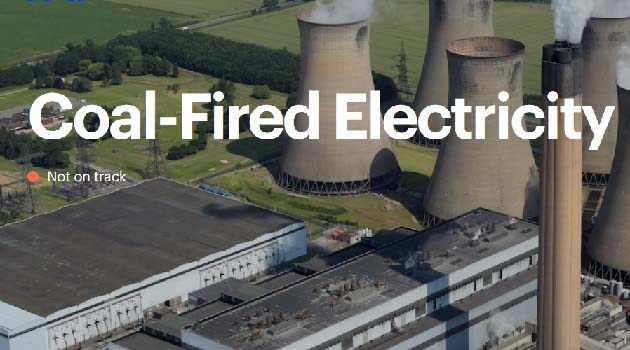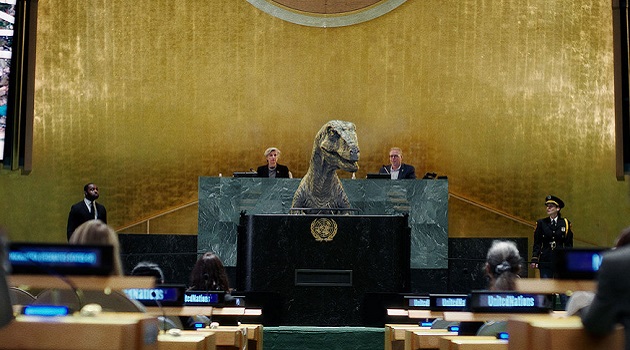Call it climate change or wild fluctuations, Indian capital city Delhi is experiencing an unusual change in its environmental pattern.
This season, Delhi has seen the heaviest rainfall in decades, recording over 1161.1 mm of rainfall — the highest since 1975, when 1,155.6mm of rainfall was recorded.
At the first glance, the rain that lashed Delhi this September is a relief to people as the capital has never seen intense rainfall during September end.
However, many roads in Delhi and in the National Capital Region (NCR) subsequently turned into a line of potholes while several schools remained shut highlighting the need to scale up India’s ambitious agenda to combat climate change.
Interestingly, Delhi had a seasonal deficit of 36% rainfall between June 1 and Sep 22, and with this heavy spell, main observatories of Delhi, both Safdarjung and Palam, have now exceeded their monthly normal.
Promises regarding healthy climate have proved to be hollow
The change in the rain pattern is not just affecting Delhi but its neighbouring States like Uttar Pradesh, Punjab, and Rajasthan.
What might seem like a respite amidst prolonged summers is alarming evidence of the unrepairable damage that has been done to the environmental health.
Even for the summers, Earth System Scientist Raghu Murtugudde says the heatwave season arrived early this year, and the duration, intensity and area covered by the heatwaves broke all records.
Raghu believes India needs an integrated system to map water, air, and climate. “India does not have enough monitoring stations to map air pollution over the country. Most of the monitoring stations are scattered over a few large cities, though satellites show the most polluted zones to be in and around industrial townships and highways. Improving this observation system is crucial because air pollution – especially through aerosols – affects local and regional weather patterns,” he says.
World Environmental Health Day is observed on 26th September annually. The theme for this year’s celebrations is – Strengthening Environmental Health Systems for the Implementation of the Sustainable Development Goals.
The Sustainable Development Goals (SDGs), also known as the Global Goals, were adopted by the United Nations in 2015 as a universal call to action to end poverty, protect the planet, and ensure that by 2030 all people enjoy peace and prosperity now and in the future.
The day is of utmost importance in the current predicament as environmental health is declining each passing year.
India extends deadline for coal-fired power plants
Instead of emphatically focusing on ways to reduce pollution in the country, the Indian government is giving blanket extensions to polluting coal power plants.
Recently, the Ministry of Environment, Forest and Climate Change extended the deadline for coal-based power stations to implement emission standards for the third time.

There is no explanation as to why the power plants are not penalized for this delay, and they are rather being given further extensions.
As per a recent study conducted by Health Effects Institute (HEI), New Delhi is the most polluted city in the world with West Bengal’s Kolkata ‘bagging’ the second spot.
It is pertinent to mention that thermal power plants have contributed massively to air pollution and their extensions will further increase the level of sulphur dioxide, nitrogen oxides, and carbon dioxide (CO2) in the air.
Environmentalists time and again raise their concerns related to the such extensions as they say this could invalidate Prime Minister Narendra Modi’s commitment made at the 2021 UN Climate Change Conference (COP26 Summit), where he announced India’s proposition of achieving the goal of 500 GW of non-fossil fuel by the year 2030 and net zero emission target by 2070.
According to International Energy Agency (IEA), global coal-fired electricity generation reached an all-time high in 2021, pushing CO2 emissions from coal power plants to record levels.
Despite increased calls from governments and the private sector to phase down or transition away from coal, it accounted for over one-third of total electricity generation. These trends are not on track with the Net Zero Emissions
Cuts in global greenhouse gas emissions are still far
The November 2021 Summit at Glasgow brought together 120 world leaders and over 40,000 registered participants, including 22,274 party delegates, 14.124 observers and 3.886 media representatives.
Similarly, several environment-related conferences are held every year globally with promising speeches and extensive presentations. But the course and feasibility of actions mostly remain undiscussed.
If environment were a human, it’d probably be on a deathbed taking its last breath while the doctors try to convince the family that things will be better without even treating the patient.
Now is the time for authorities to jettison the ‘clever accounting and creative PR’ approach, as the young Swedish environmental activist Greta Thunberg calls it, and perform real action on ground to protect the environment.










